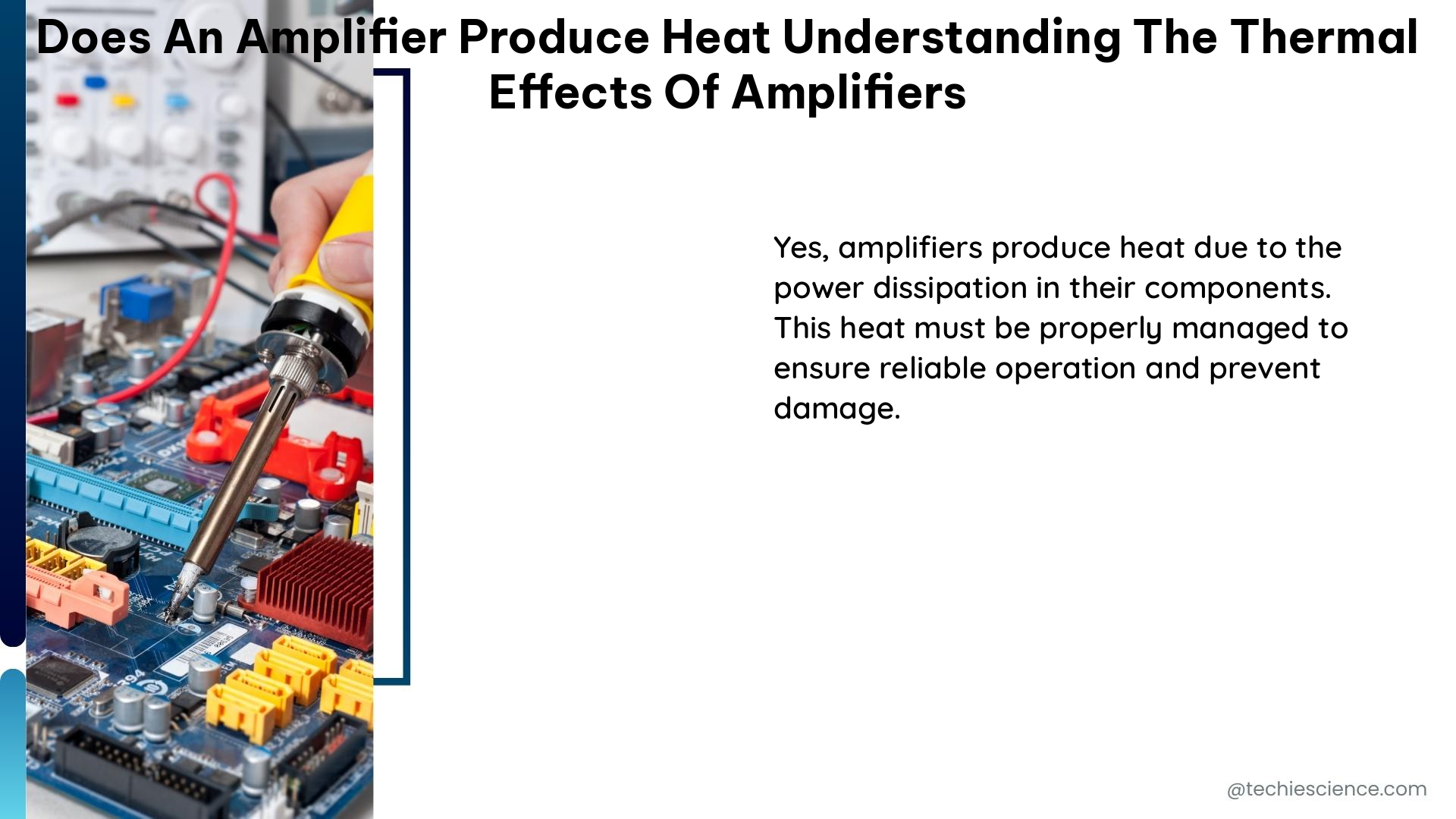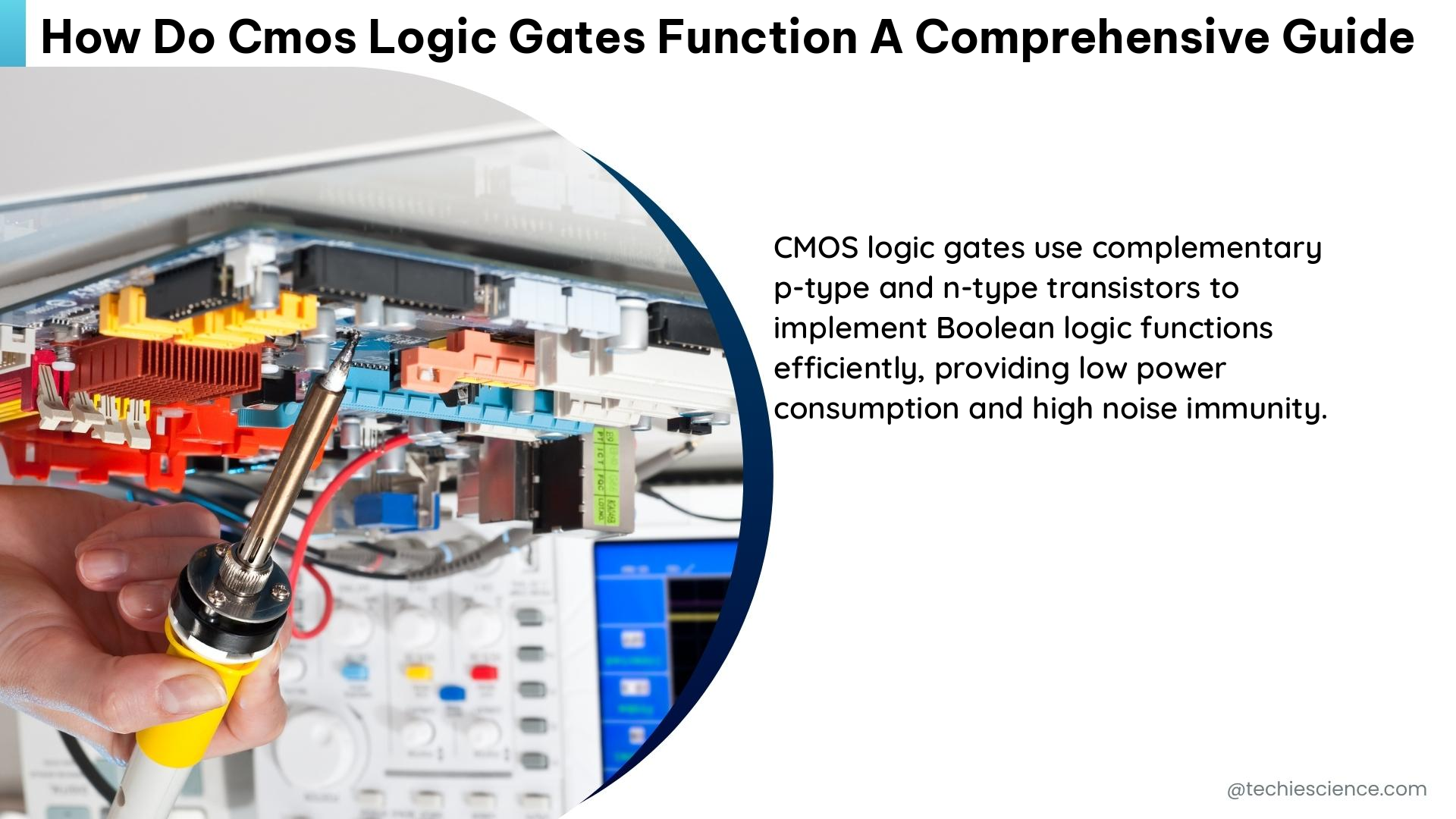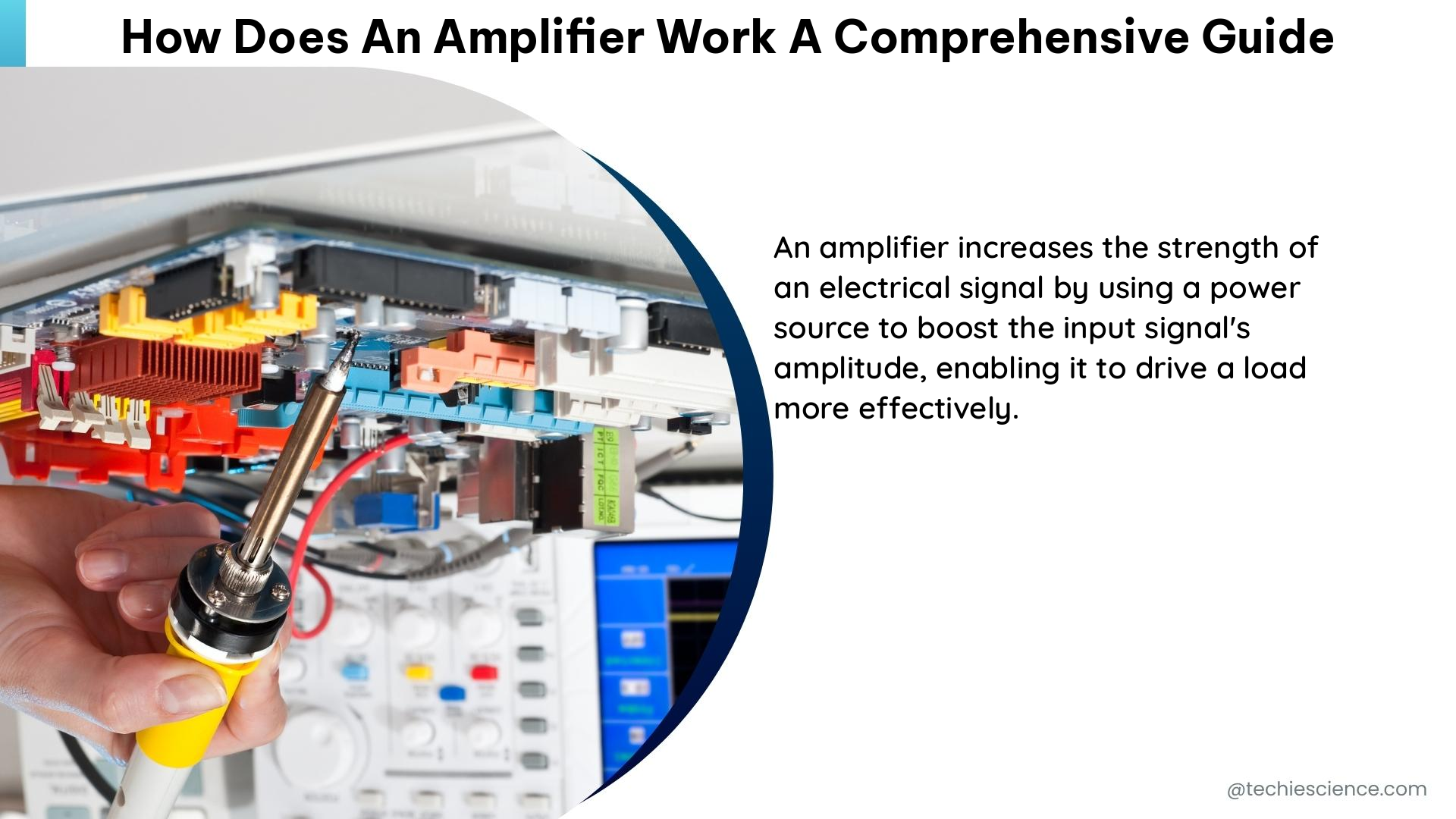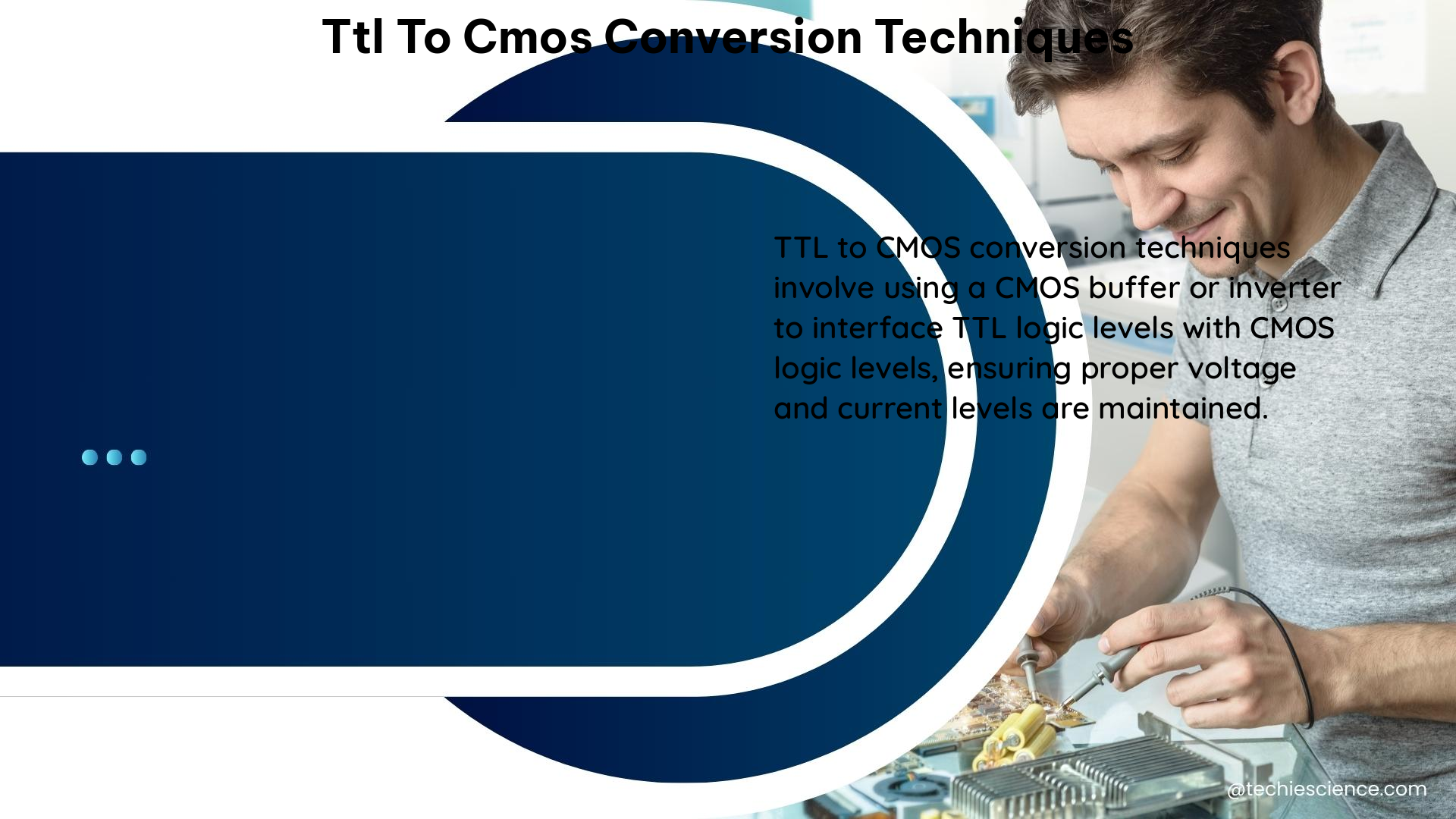Where in a Signal Processing Chain Might an LPF be Placed to Prevent Aliasing: Exploring the Importance of Low-Pass Filters
Low-pass filters (LPFs) play a crucial role in signal processing chains by preventing aliasing, a phenomenon that can lead to distorted output. Aliasing occurs when high-frequency components in a signal are not adequately filtered, causing them to be misinterpreted as lower-frequency signals. Proper placement of LPFs in the signal processing chain is essential to ensure … Read more









